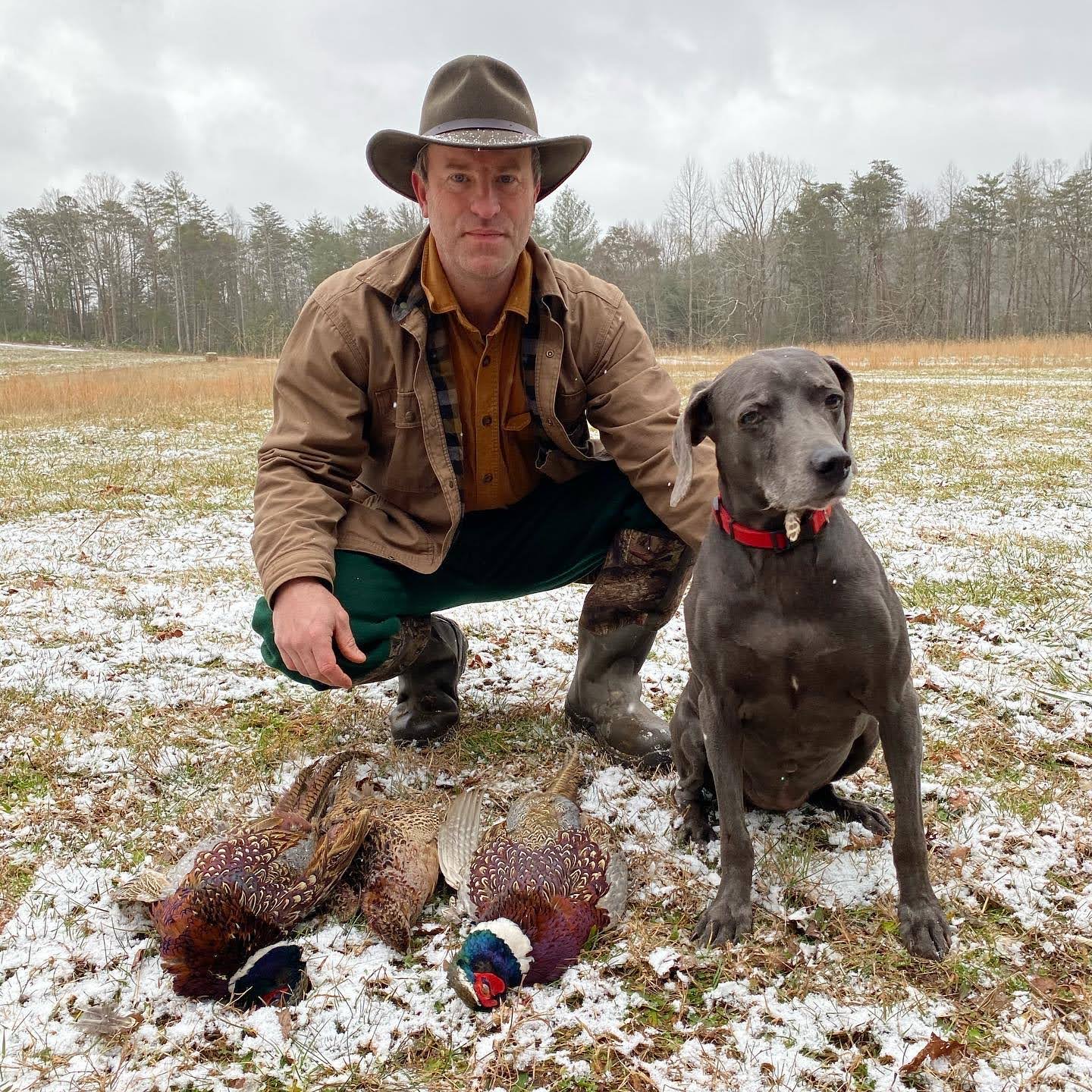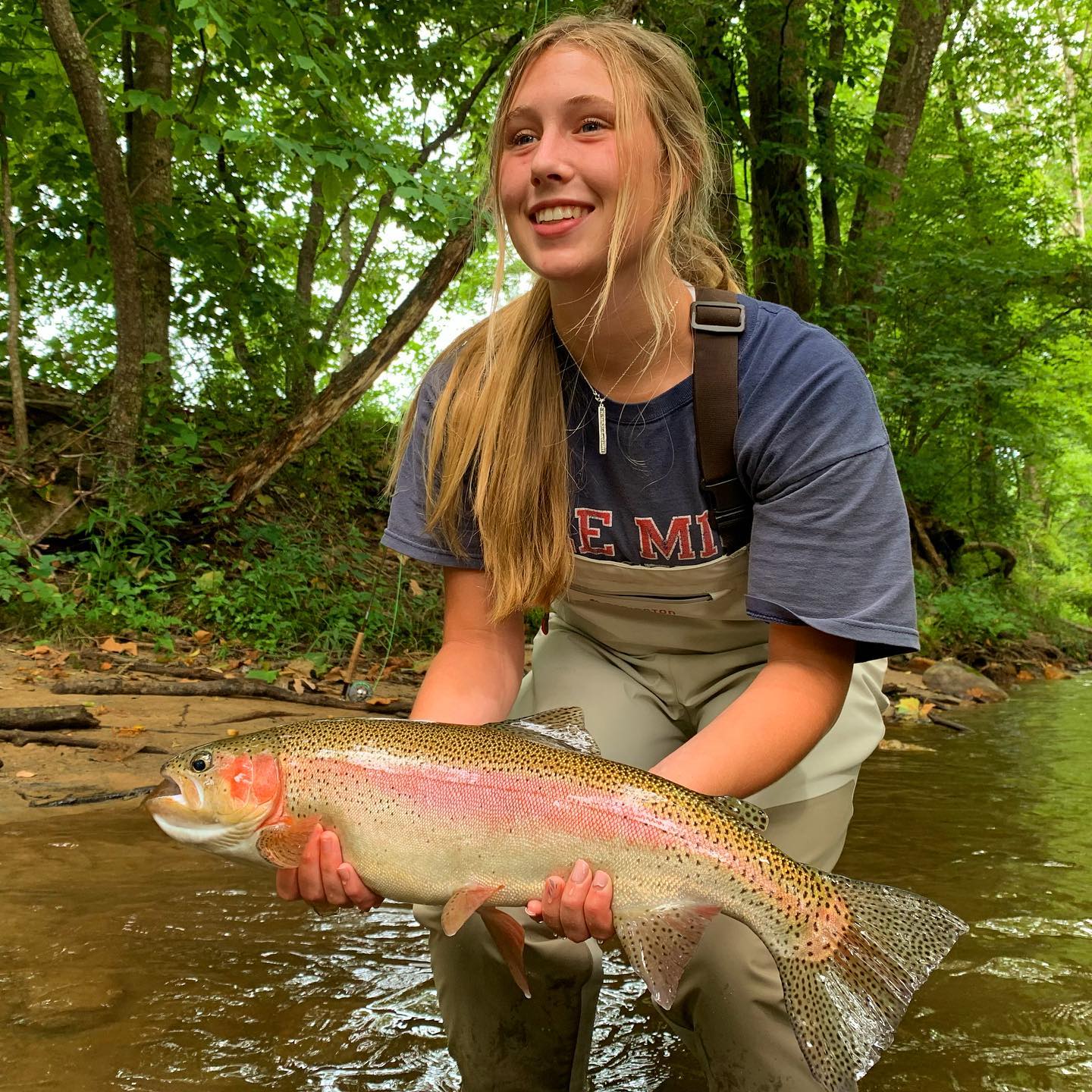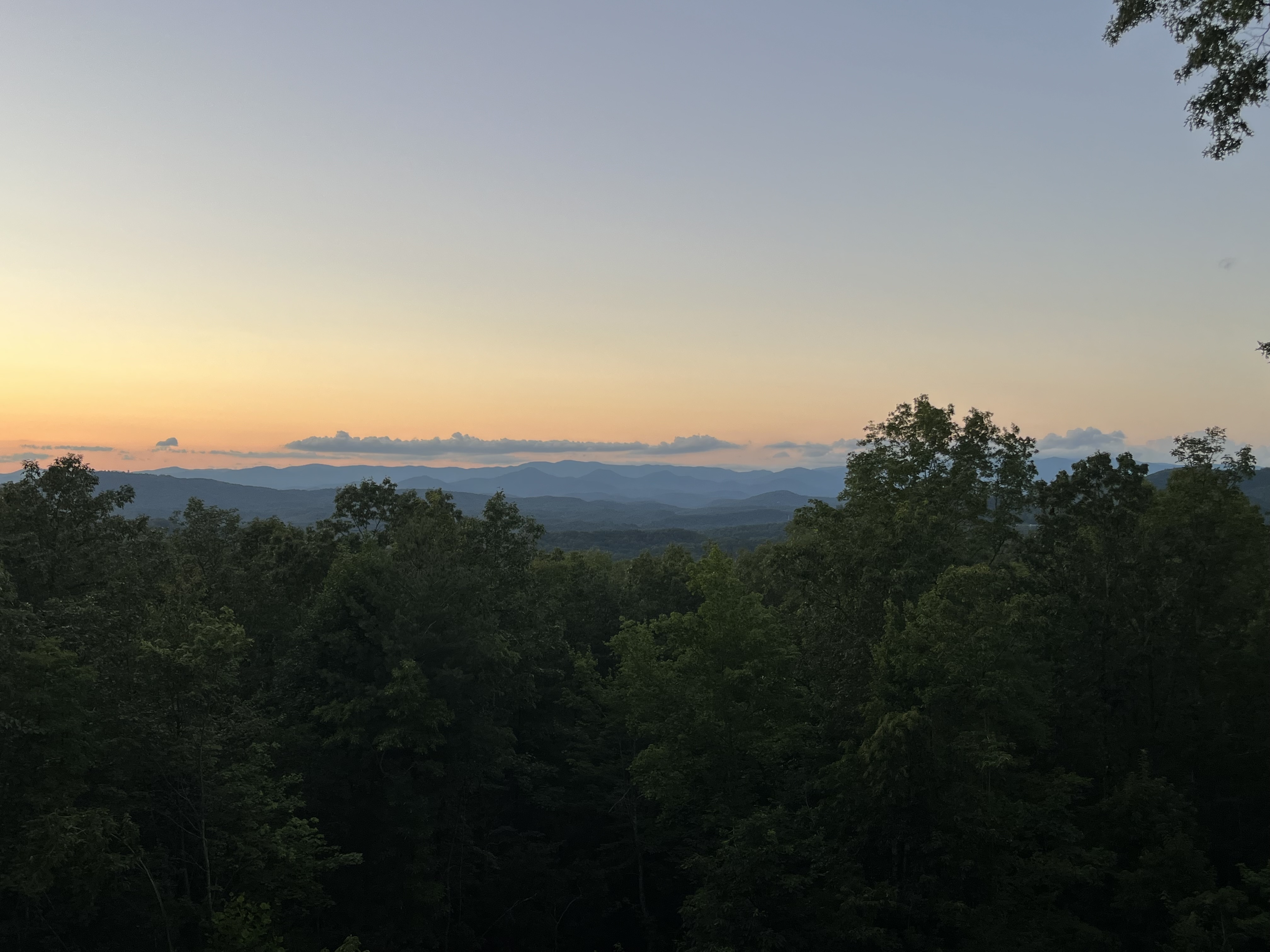“I’m glad it’s cold and raining because if I wasn’t glad, it would still be cold and raining!” If there was a dollar for every time I was asked, “when should I come fish here at Noontootla Creek Farms” I would be ten pounds heavier and not a cent richer. I will explain later, but, in short, the best time to fish at NCF is whenever you can be there.
At this very moment seasoned anglers are cringing across the country as they think of massive dry fly hatches post run off, foam hoppers twitching off banks, pre spawn browns chasing streamers like they were stolen, and then comparing it to fishing size 26 midges under indicators, with fish are so lethargic you blink six times to see if it’s actually a strike or if the current maybe changed. Yes, those folks would probably say there is a better time to fish than others if comparing such situations, but ladies and gentlemen… Welcome to North Georgia.
Glenn Burns may try and come find me for predicting GA weather, but I am going to try and give a brief “what to expect” throughout the year at Noontootla Creek Farms in terms of weather and how the fish might behave. Starting in the Summer, which we will call June-August, the days become progressively warmer and warmer nearing August, with August typically being the warmest month. Early Summer presents cooler mornings and evenings with warm days. In my experience, and this is just on average, the former and latter is when the fishing is best typically producing productive mornings and afternoons. Low clear water days that are warm are when the fish will require a little more out of an angler to take a fly. With all of this said, one cannot make too many general assumptions about NCF because I know plenty of guides who have had killer days in the middle of a blistering summer day. The trout in Noontootla Creek are our job security, and we closely monitor water temperatures as they near 68 degrees. Regarding summer fishing and fish health, if necessary, we will close the stream to prevent too much stress on the trout if high water temps are reached. Noontootla Creek on average stays cooler than most streams in North GA so very rarely is shutting down required, and it is usually just afternoon trips in the late summer.
While the fish may not grab pumpkin spice lattes, find their favorite flannels, or host bonfires, Fall can create some really good fishing conditions. Fall, which we will call Sept-November (weather is tricky, and sometimes late November feels more like winter) is a fan favorite for the trout and us anglers. Lowering water temps trigger fish to start eating after the dog days of summer and a lucky enough angler may be able to trick a brown trout pre spawn on a streamer. Fall in Southern Appalachia is gorgeous, as the mountains slowly transform into an array of colors that give the impression that they are on fire. One downside to nature’s transformation is the number of leaves that begin to accumulate on the water; oftentimes days are spent deciding if a fish is eating your fly or if you hooked another leaf in the water. This transition of seasons is a blessing and a curse. Trees are important ecologically for stream health and shade. Trees mean shade which helps with cooler water during hot summer months, they mean erosion control during high water and rain, and habitat for trout food and other important species that give back to the ecosystem. Decaying leaves in the water enhance the water quality much like a compost pile. Picking leaves off a hook is a small price to pay for the benefits received. Often if the water is low and clear, the creek camo can help the angler not spook wary trout.
As the trees grow barren and the temps drop, December to March months bring on the cold. Do not fret though, staying at home by the fire could cost you tight lines and big fish! Naturally as the water temperature gets lower, the trout’s metabolism follows suit. For the angler this means a fish may not be as willing to move as far to eat a fly, but they still need to eat. Patience is key as you may need to fish a little harder and longer in a hole to have one take your fly. While cold fingers and toes may keep most tenderfoots away, some of my best days at Noontootla creek have been during the colder months. The fish respond quickly to slight changes in weather throughout the day often creating moments of slow periods followed by lots of action. Bring an extra layer or two and some handwarmers, these fish are still ready to play!
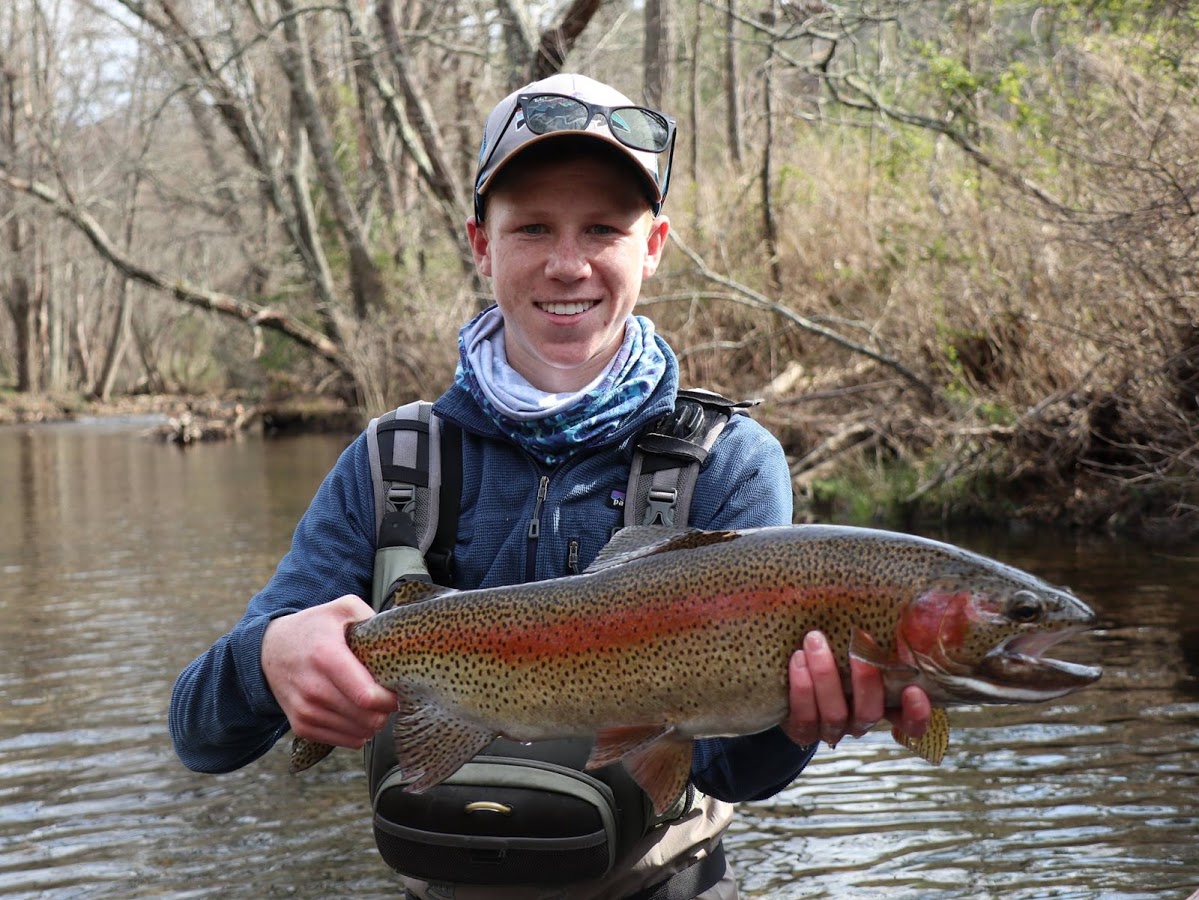

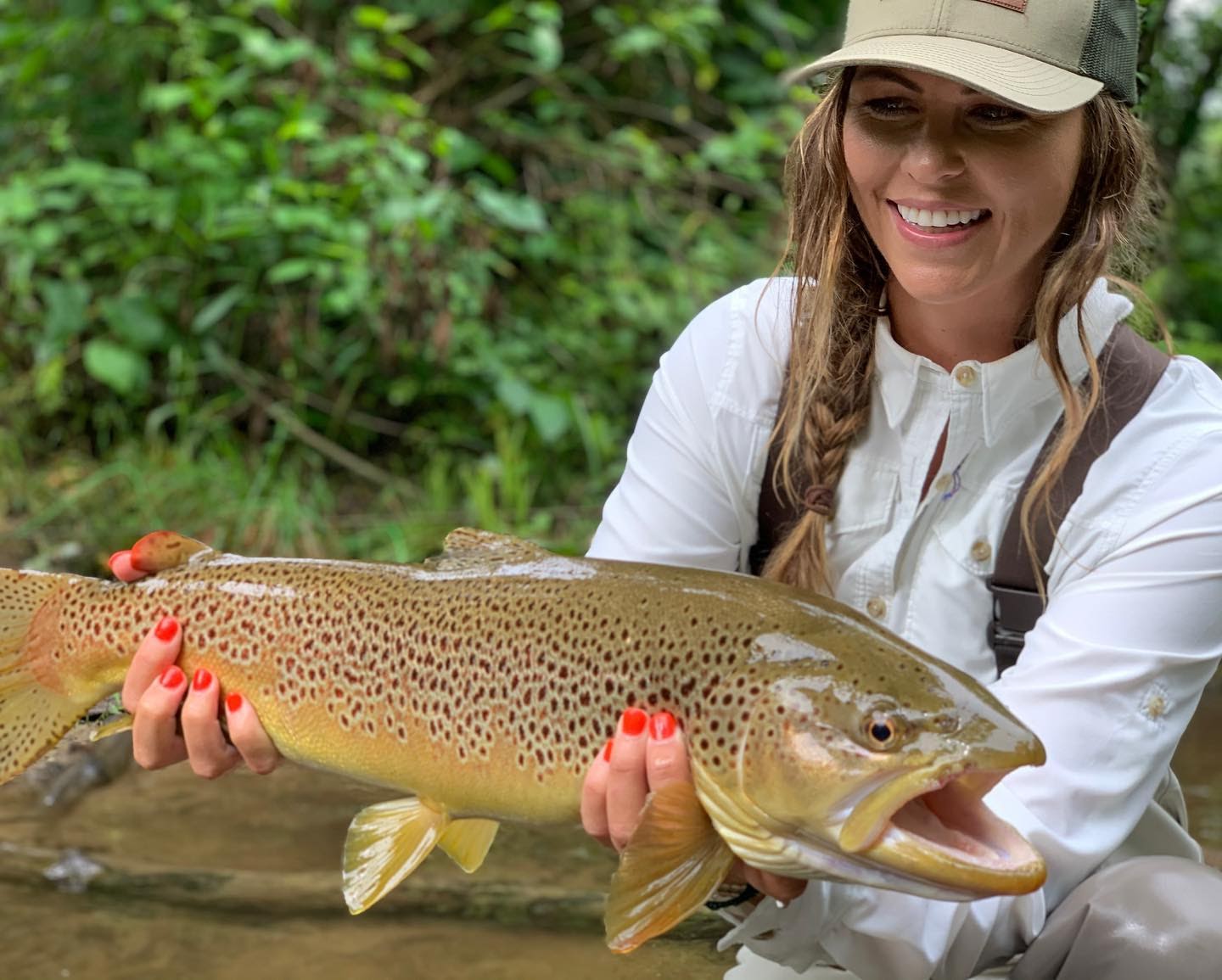
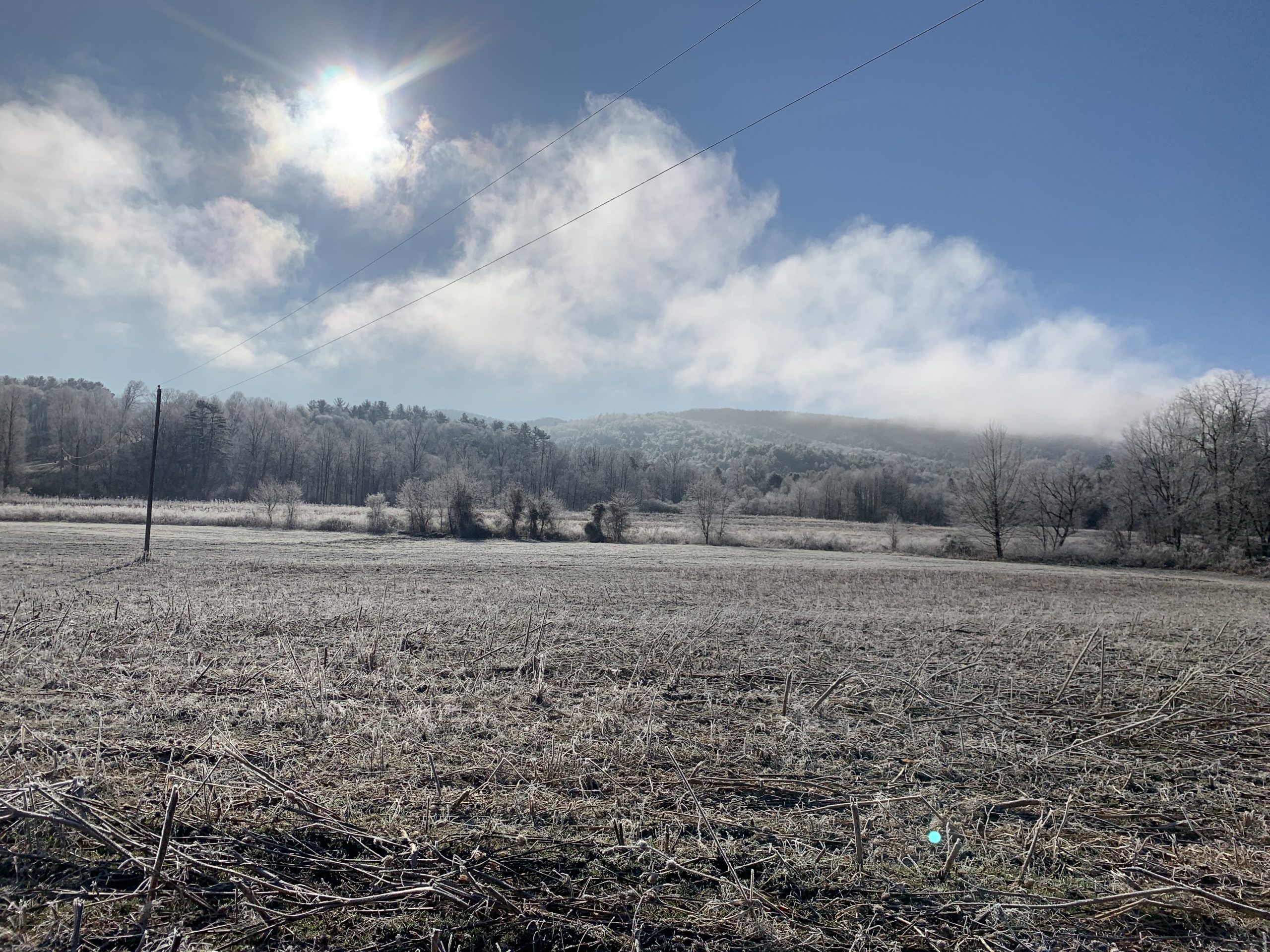
Last, but certainly not least, March through May takes us to Spring. Water temps will begin to rise after winter and the trout begin breaking out of their winter sluggishness. Warming water also means more bugs in the water, which presents several tasty meals for our finned friends—and hopefully less picky fish. Cooler mornings and evenings mean the bite-on-average get better as the day goes on and there may be a chance at some dry fly fishing, so be on the lookout for rising fish. April showers are always a possibility, and a rain jacket is always a good idea to keep around. Remember rain means more water and less spooky fish.
While season-to-season trends in what the fish eat and their behaviors will vary according to their biological response to environment and human pressure, I argue that the change at Noontootla Creek Farms is not overly significant in comparison to other places. Meaning, someone who came and fished with us in the Fall would have to do less adapting if they then came and fished in the spring than If they had gone somewhere else. This consistency is in favor to the angler, Noontootla Creek is the gift that keeps on giving, and while it can be difficult at times, the more you fish there the more you will understand the innerworkings of the stream itself, the fish in it, and their behavior. Having fish behavior not change significantly season to season, and by having guides who know these trends, one can truly show up any time of the year and have the chance at a really good day on the water.




